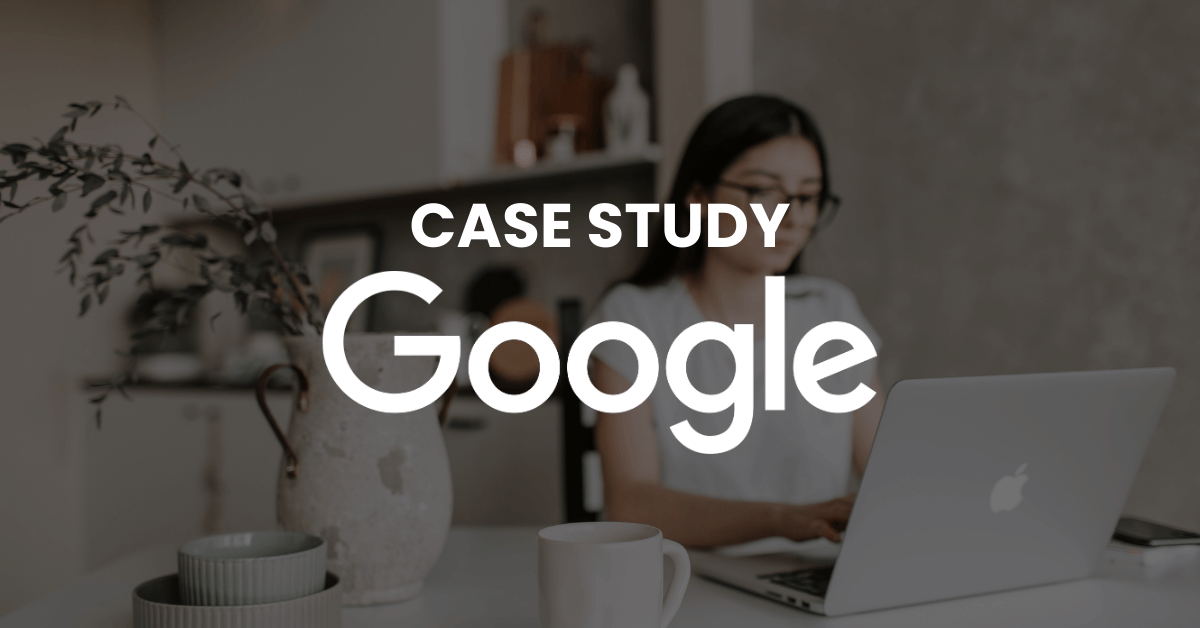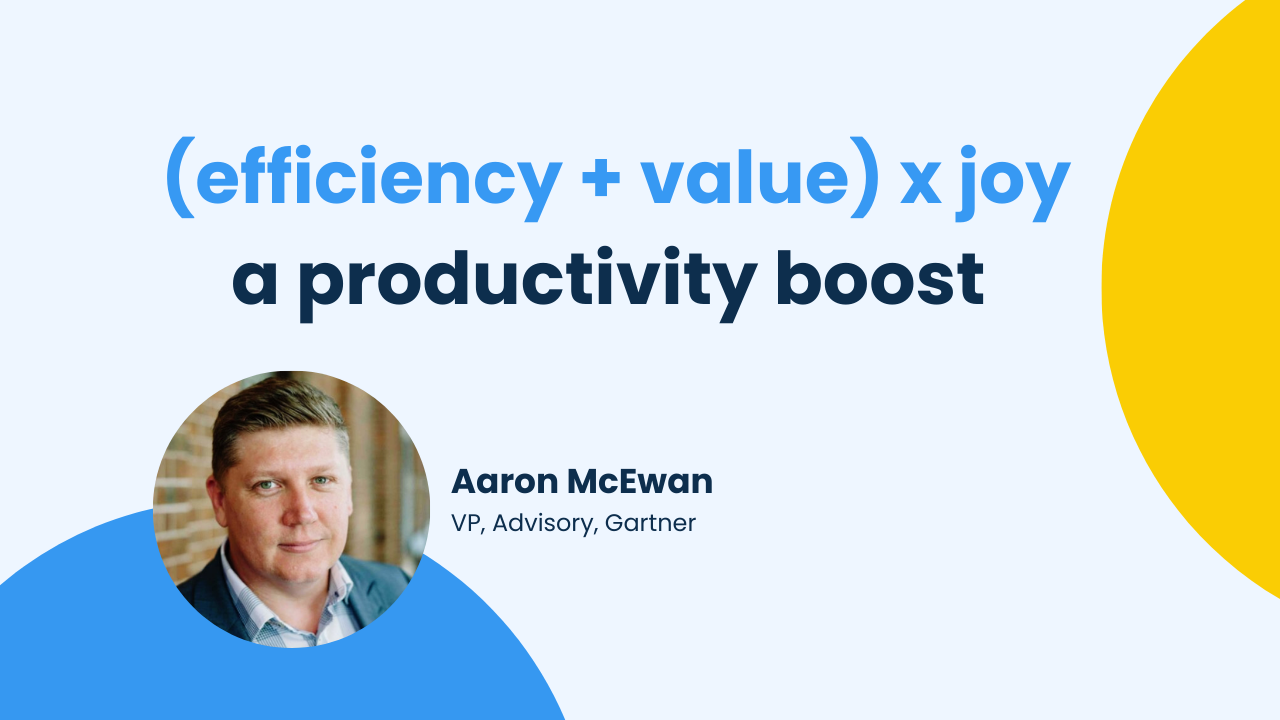What if?
No one likes an office tool. But what if that tool actually helped to improve workflow and productivity, retain talent, and bring your business into the roaring 2020s, all without being ‘yet another’ thing to layer into your day to day? Well, maybe that would be ok.
Drawing on what we know about the future of work trends, let’s drill down into the three things that every modern workplace flexibility tool needs to be to make it worthy of a notch on your (tool) belt.
Tools fit for the future of work
At one time or another, every leader or manager probably wishes they had a crystal ball — something that enables them to see into the future and plan accordingly. But while some sly genius is working away somewhere to design one of those, the next best thing we have is to invest in and nurture our ability to be adaptable, flexible, agile, and nimble enough to ride the bumps, no matter what the future holds.

Photo by Oksana Taran on Unsplash
From the research, and from our experience, these are the things we know to be true about what the future of work looks like:
- It is flexible and hyper-personalised;
- It is employee-led, well compensated and well designed;
- It is inclusive and healthier (i.e. better balanced with a focus on vitality and wellbeing);
- It is transparent and accountable;
- It is productive, intentional and high-performing;
- It is here.
While we can speculate about the impact of the pandemic, war in Europe, the rising cost of living, and myriad other factors on the speed and likelihood that these trends will occur — the bottom line is that the future of work is here, and the leaders and organisations who will still be around tomorrow are those who tool up today.

Why we need workplace flexibility tools at all
The jury is in: companies that don’t offer hybrid or flexible roles are struggling to retain and attract top talent and, to put it bluntly, are getting left behind. But the problem we keep seeing is that many organisations simply don’t know how to implement these new, flexible working arrangements without also introducing uncertainty, disruption and adding yet another thing to be ‘across’. And they don’t know how to support flex at scale.
While it might not always feel like it, especially when the spinning wheel of death appears or your iOS needs to do yet another update right before an important meeting, technology is your friend when it comes to flexible work. The right tech tools can improve workflow, clarity, productivity, and communication while keeping both the company and its people happier and healthier.
But what is the modern office equivalent of the Phillips Head screwdriver or socket wrench, a.k.a that neat and streamlined tool with plenty of torque that no workplace, or toolbox, would be complete without? What elements must a workplace flexibility tool have or boxes must it tick to be effective and help managers navigate the changing world of work? Power up those drills and let’s dig in.

Photo by Dinu J Nair on Unsplash
A tool that enables reprioritisation and decreases burnout
Despite some early pandemic signs of ‘slowing down,’ burn out is still at an all-time high. Modern work, in many ways, is characterised by fever pitch stress and anxiety and periods of “prolonged unrelenting pressures” that lead far too many of us to the edge of emotional, mental and physical exhaustion (Forbes).
To support your workforce in a more sustainable way that takes into account the pressures and challenges of modern work and life, you need a flexibility tool that will stop burnout at the source by re-prioritising workloads and making what’s on the ‘to-do’ list both manageable and doable.
And to do that, not only do we need to be able to ensure that activities within roles align with desired strategic outcomes, but you need to be able to make those activities visible so that you can prioritise them and visualise changing workforce scenarios with ease.
Let’s use a common example: you have a team member who wants (needs) to transition to a part-time work arrangement. How do you ensure that their role can be redesigned to accommodate their needs without compromising your business’ strategic imperatives?
Step 1
Look at the time your team member, let’s call her Jill, has available — three days or 60% full-time equivalent.
Step 2
Apply Jill’s time to the 60% of work that delivers the best outcomes for both her and the business based on four key criteria:
- the highest value, most important work to your company (value creation)
- what Jill does best (ability)
- meaningful work that Jill enjoys (engagement)
- in line with her career aspirations (aspiration)
Step 3
Identify the intersection of these four criteria — aka ‘the sweet spot’ — and you will find yourself over-indexed in productivity, engagement and business outcomes!
Step 4
Work out what to do with the remaining 40% of work — and corresponding budget! Hire, outsource, re-assign, or just plain ditch it. And continue to compile data on optimal location or time-based working arrangements for Jill, and other team members.
Navigating the new world of work means having a workplace flexibility tool that is capable of allocating people to the highest value activities, optimising your talent budgets and adapting to how your people need and want to work in real time.
With the right tool, you can turn the burnout frown upside down and use it to innovate and change for the better.
A tool that improves productivity and allows for hyper-personalisation
How much time is spent in and on your business doing things that actually move the needle and how much is spent faffing about? Now don’t get us wrong, there’s something to be said for a good faff — or at least there’s value in taking breaks to increase productivity. However, there is research to suggest that the average employee ‘wastes’ about 8 hours every week on personal tasks and that 60% or less of ‘work’ time is actually spent productively. Gulp.
Now this is not about policing how many times people check social media at work or clocking off to place your grocery order or organise a babysitter for Friday night, but rather — what if, instead of using work time for personal tasks, we could just have more personal time and be more productive at work?
For the last few years, we have been hearing a lot about the importance of ‘working smarter, not harder,’ so it’s time to figure out how we actually do that beyond the over-simplified listicles of ‘productivity hacks’. Enter: workplace flexibility tools that offer strategic people data and insights on productivity, wellbeing and workload.
In order to improve productivity, we need sophisticated yet accessible tools that give us the real-time insights we need to be able to focus teams on the most needle moving activities and focus individuals on what they need to get the best out of themselves.
The right workplace flexibility tool can not only help to ensure that teams are prioritising important work through things like activity level tagging, but they can enable role personalisation according to an individual candidate or employee’s values and preferences.
This personalisation may include benefits, compensation, career development, work location, recognition, the devices they use, overall operations and more. It helps managers maintain a big-picture understanding of the talent landscape based on current data, while also keeping a finger on the pulse at the individual level.
Tools that bring data-led people insights to the exec table create high-trust cultures and confidence in the benefits of flex work by showing that work can still get done and people can be productive, even if they spend less hours at their desk.
A tool that boosts communication and puts purpose front and centre
It’s important that amongst all this talk about productivity, data and optimisation that we don’t lose sight of what makes the modern workforce great: people and purpose.
Early insights from a recent Purpose In Progress survey between B Lab Australia and Aotearoa New Zealand and DrawHistory shows that the pandemic has been a catalyst for greater clarity on what matters in life.
This annual research project seeks to understand how significant events such as the pandemic impact people’s sense of purpose in life and at work in the Asia-Pacific with hundreds of participants already weighing in from across Australia, Indonesia, Malaysia, Thailand, Singapore, and the Philippines.
Unsurprisingly, business actions are speaking far louder than words with respondents searching for more than a purpose statement but, rather, evidence as to how purpose is being put into practice through things like a flexible work environment or generous parental leave policies.
The research shows that the engine rooms of purpose are still overwhelmingly personal, with the majority of respondents identifying that their ideal practice of purpose was “doing what I love” (Draw History, B Lab AANZ, 2022).
What does that have to do with your workplace flexibility tool? Well, we think it’s pretty obvious:
If your workplace flexibility tool does not increase engagement by connecting employee activities to business purpose in tangible and measurable ways, then it’s not fit for the modern world of work.
A subtle suggestion
We hope it wasn’t too subtle, but of course Beamible’s cloud-based platform ticks all of these boxes, and more. If you want to trial our tool for yourself, book a demo or drop us a line.





